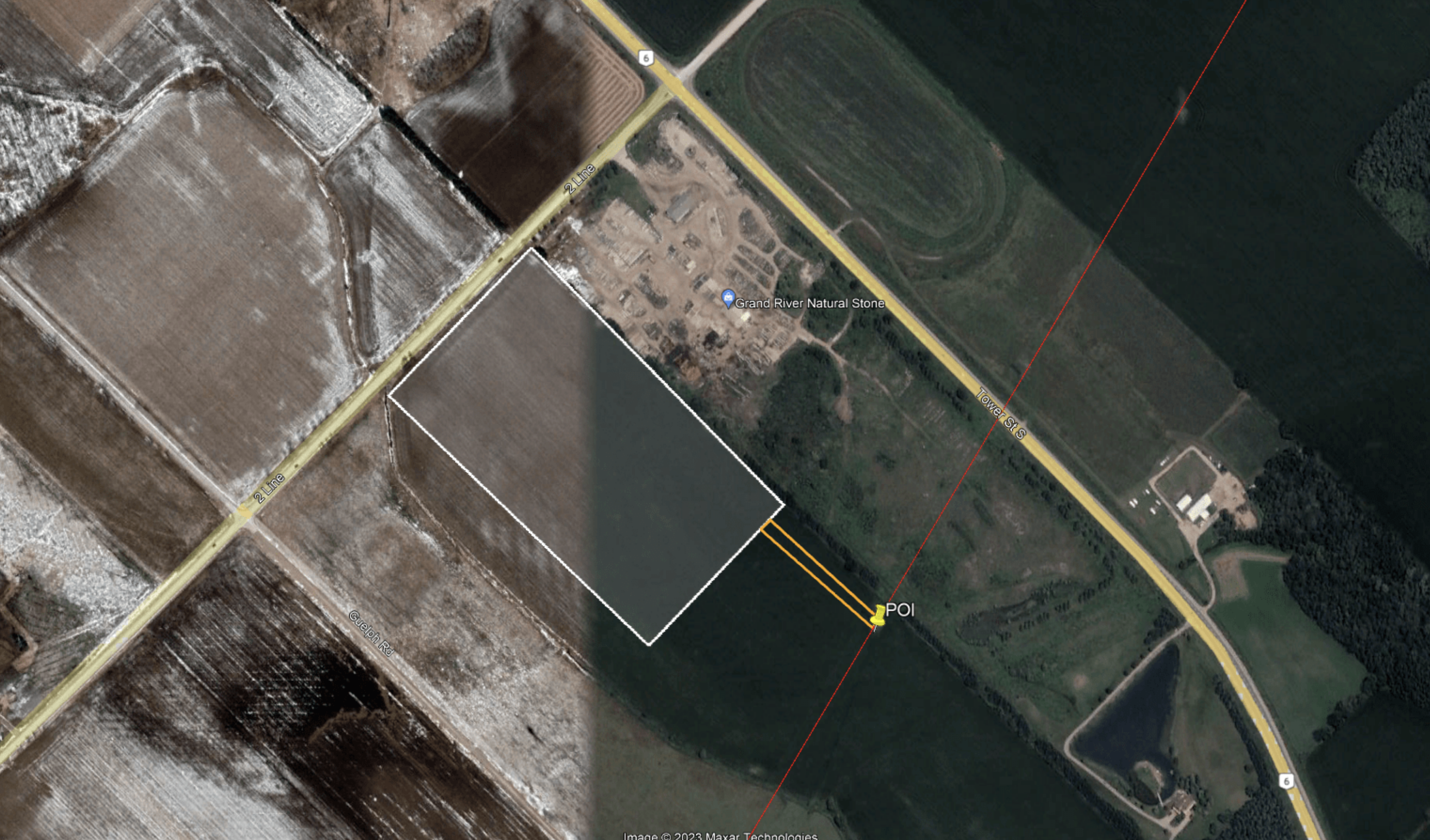ELORA – Centre Wellington councillors are thus far uneasy about agreeing to a resolution in support of Aypa Power’s bid to open a battery storage facility in the south end of Fergus.
Nadia Marquez Pabst, vice president of policy and regulatory affairs for Aypa, told council on Oct. 30 the company wants to lease land at Guelph Street and 2nd Line in south Fergus to construct a battery energy storage system (BESS), which would connect with the Hydro One power grid.
Aypa has a deadline of Dec. 12 to submit its bid with the Independent Electricity System Operator (IESO) and support from the host municipality adds “a sizable portion of points” to its bid, Marquez Pabst said.
Aypa Power, part of the Blackstone Portfolio of companies, is an independent power producer that operates battery storage facilities that charge from the grid overnight and discharge that energy in the day.
This battery-generated energy feeds the grid during times of high demand, reducing the need for IESO to use natural gas and helping overall to reduce reliance of fossil-fuel generation.
Marquez Pabst said its customers include municipalities, e-utilities, co-ops, and commercial and industrial sites.
In this case, Hydro One would be the customer and Marquez Pabst said it’s been difficult finding vacant land that’s large enough and close to Hydro One transmission lines to accommodate the facility.
The site south of Fergus is owned by local farmers Jim and Cindy Lindsay, who have agreed to lease their land for 21 years.
The land will be restored for farming at the end of the lease.
The company will also lease farmland elsewhere in the township for farming purposes to offset the loss of farmland the battery storage facility will cause.
Aypa held an open house on Oct. 16 that was attended by about 30 local residents, whose primary concerns were safety, emergency response protocols and water.
Marquez Pabst said the company’s focus is on safety and that begins at pre-design.
There’s around-the-clock monitoring and fire prevention systems that will detect a fire and trigger the internal fire suppression system when necessary.
The company will also build a water reservoir to be used in the event of a fire.
Ondrej Benjik, also at Aypa, said the company has experience training firefighters in how to deal with fire on its sites.
“The need for the fire department is the last step in our (safety) process,” Benjik said. “We have 30 projects and have never had to reach out. But our emergency plan is developed with emergency responders. It will be tailored to the local department.”
Aypa estimates the project will generate 200 to 300 jobs during the construction phase, which may take two to three years. Once operating, it will create six to eight full-time jobs.
It will also pay taxes, which it anticipates will be about $250,000 a year. And it has already begun discussion with the Centre Wellington Community Foundation to start a fund that recognizes and supports environmentally sustainable initiatives in the community.
Councillors wanted to know more about taxes and what happens when agricultural land switches to this kind of industrial use.
Managing director of planning and development Brett Salmon said this kind of land use is pretty new, making it difficult to calculate exactly what the tax benefit would be.
“We have yet to find specific planning rules,” he said. “It’s difficult to find a track record.”
Given that, council voted to defer its decision until later in November, when staff will return with more information about the impact Aypa might have on Centre Wellington.




